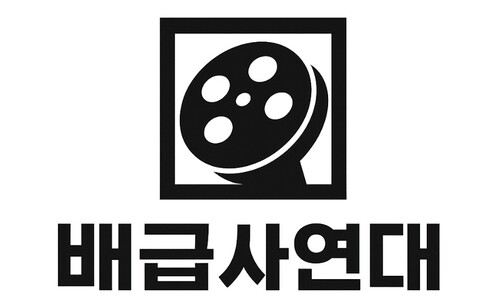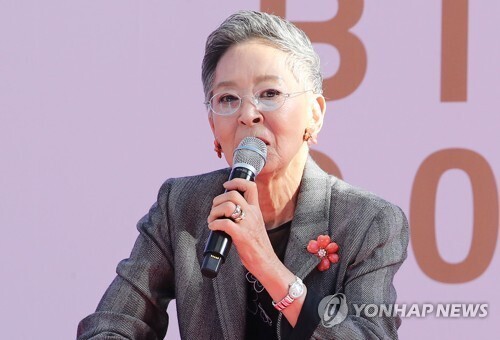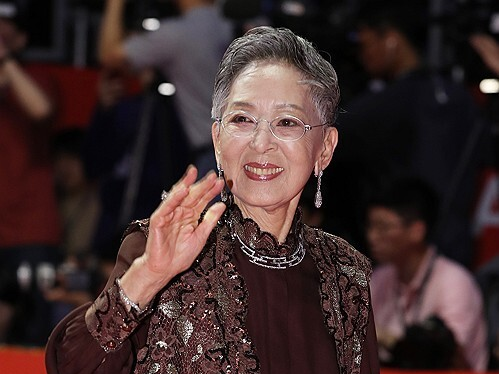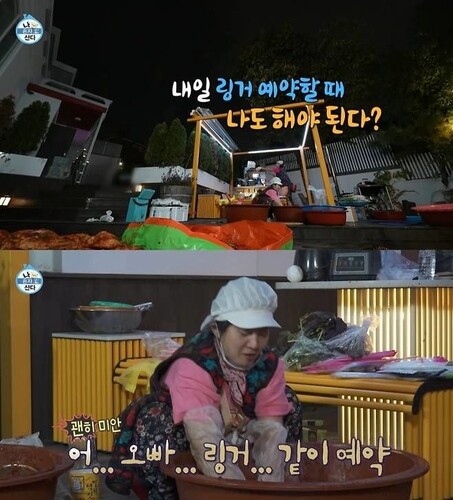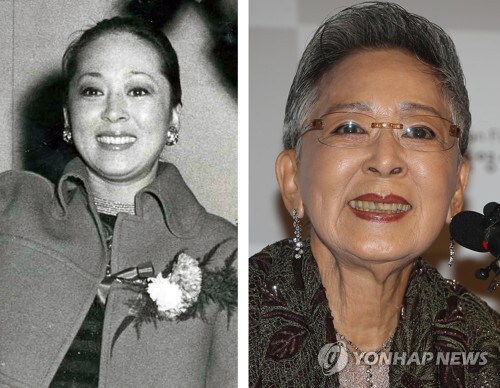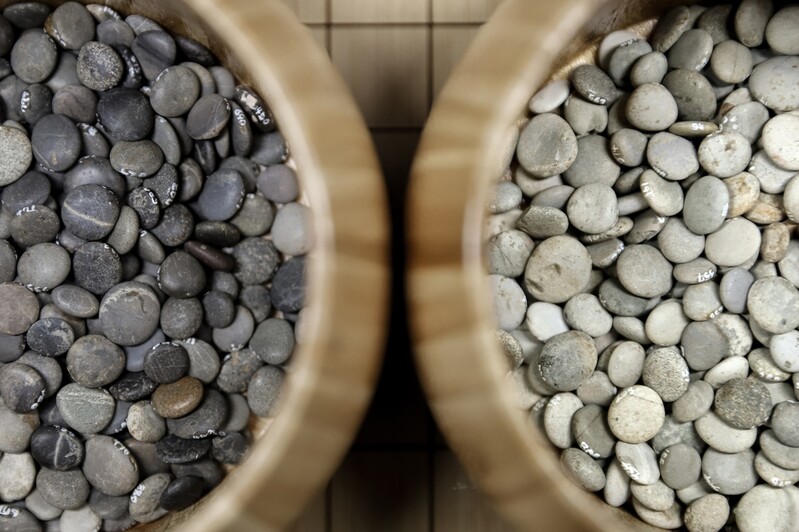 |
| ▲ This photo, provided by the Gyeongju National Research Institute of Cultural Heritage, shows the gravel stones excavated from Jjoksaem No.44 Tomb. (PHOTO NOT FOR SALE) (Yonhap) |
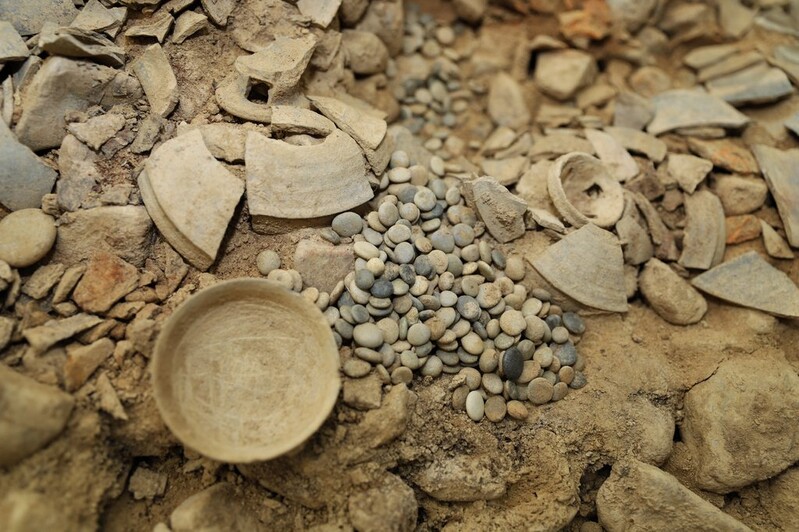 |
| ▲ This photo, provided by the Gyeongju National Research Institute of Cultural Heritage, shows the gravel stones excavated from Jjoksaem No.44 Tomb. (PHOTO NOT FOR SALE) (Yonhap) |
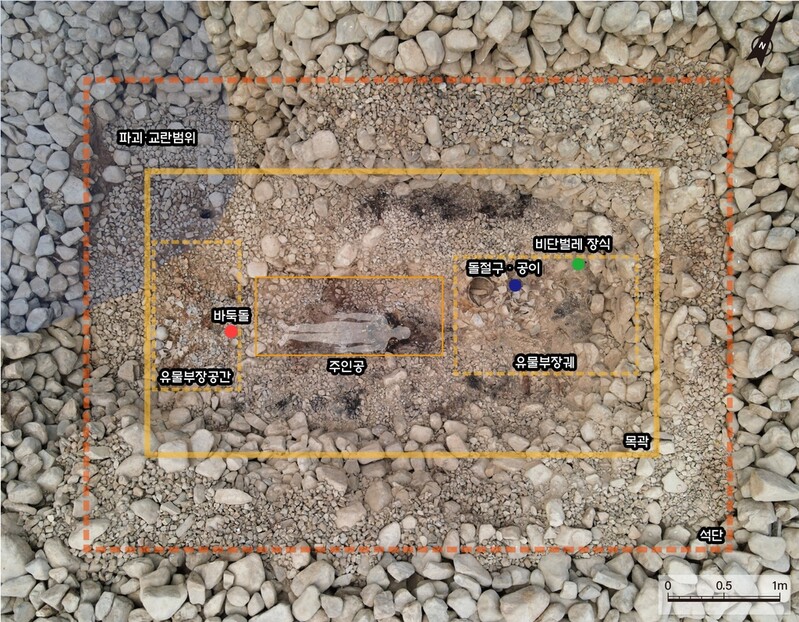 |
| ▲ This photo, provided by the Gyeongju National Research Institute of Cultural Heritage, shows location of the place where the gravel stones were excavated within the jjoksaem No.44 Tomb. (PHOTO NOT FOR SALE) (Yonhap) |
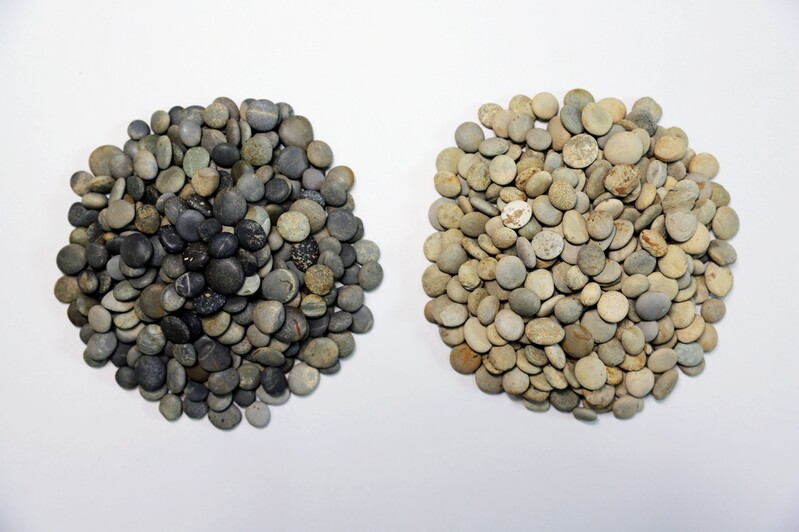 |
| ▲ This photo, provided by the Gyeongju National Research Institute of Cultural Heritage, shows the gravel stones excavated from Jjoksaem No.44 Tomb. (PHOTO NOT FOR SALE) (Yonhap) |
SEOUL, Apr. 26 (Yonhap) -- An amateur Baduk (go) player played a real match with the 400 gravel stones excavated from Jjoksaem No. 44 Tomb of the Wooden Chamber Tombs with Stone Mounds of the Silla Period, located in Gyeongju, North Gyeongsang Province.
The event which was held to determine the exact use of the relics was evaluated as a fresh, unconventional experimental archaeological study, and was criticized, saying that it had allowed non-experts to touch the relics.
According to Gyeongju National Research Institute of Cultural Heritage on the 26th, Kim Soo-young, a Baduk player of 7 dan rank, and Hong Seul-gi, a Baduk player of 6 dan rank, played a Baduk match with the gravel stones excavated from the tomb on the 13th at the excavation site of Jjoksaem No. 44 Tomb.
The event, called "Cheonnyeonsudam- Silla Baduk Daeguk" was planned to confirm whether the 860 gravel stones found at the feet of the tomb owner of Jjoksaem No. 44 Tomb in 2020 are in fact, Baduk Stones.
Jjoksaem No. 44 Tomb is believed to be the tomb of a woman from the Silla royal family built 1,500 years ago. Along with the gravel stones, other ornaments made of precious metals including gilt-bronze crowns and gold earrings were found.
Gravel stones with a shape of a Baduk stone has also been excavated from 5th-7th century Silla tombs in Gyeongju. 243 stones in the south side of Hwangnamdaechong Tomb, 350 stones in Cheonmachong Tomb and 250 stones were found in the Guemgwanchong Tomb and ancient tomb in Yonggang-dong each.
The gravel stones from Jjoksaem No. 44 Tomb are 1-2cm in diameter and are round and flat. Generally, Baduk stones are divided into dark stones and light stones, but these stones are difficult to distinguish the black and white stones, making it difficult to see them as Baduk stones.
Considering the fact that there are 361 stones required for Baduk, the Gyeongju National Research Institute of Cultural Heritage selected 200 black and white stones and asked the Baduk players to play Baduk with it.
Prior to the match, the research center completed a safety diagnosis and also made an inventory of relics in preparation for possible damage and loss of relics.
"We had a practice round around February and March. When the competition was going on, we had workers checking on it," said an official from the Gyeongju National Research Institute of Cultural Heritage. "There was no harm in the relics as the Baduk players played with those stones, and non of the relics were either lost or damaged."
Regarding this event, an official from the cultural heritage industry commented, "if it was a relic made of metal, one would have to be very careful. However, some cultural heritage made of stones are sometimes used for the general public. I think it's a fun, new try."
On the other hand, an official who has experience working at a museum said, "I'm puzzled to know that Baduk players, who are not experts in relics, were allowed to freely touch the stones. However small the stone might be, if a person who does not understand the relics touch it, it could have been damaged."
The edited version of the game will be released on the 28th at 11 a.m. on Baduk TV and the YouTube account for the Gyeongju National Research Institute of Cultural Heritage. There will also be professor Nam Chi-hyeong of Myongji University and secretary general, Lee Seung-hyeon of the Daegu Baduk Federation to explain the game and tell stories regarding the history of Baduk in East Asia.
(This article is translated from Korean to English by Haemin Kim.)
(END)
(C) Yonhap News Agency. All Rights Reserved













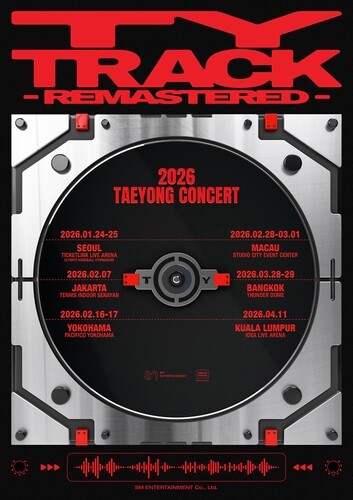

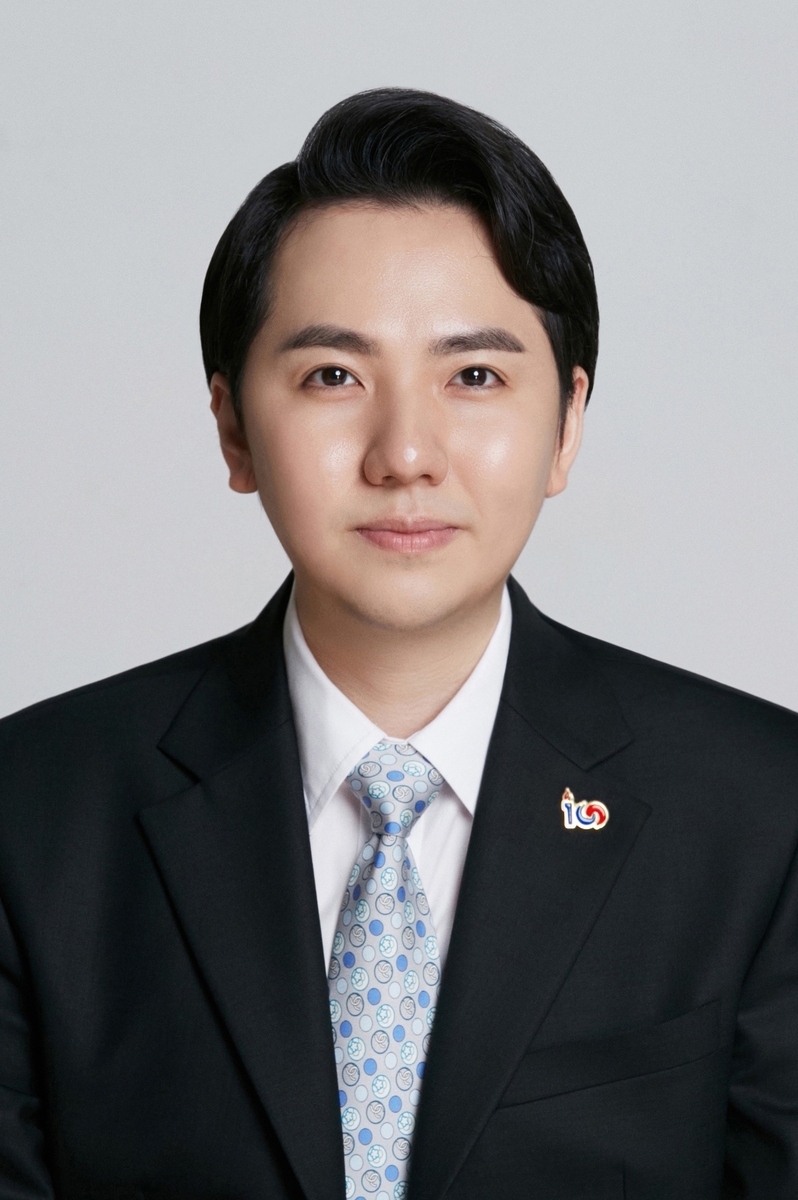
![[가요소식] 하츠투하츠 내년 3월 북미 쇼케이스 개최](https://korean-vibe.com/news/data/20251216/yna1065624915956235_448.jpg)
![[가요소식] 군 복무 마친 NCT 태용, 내달 단독 콘서트](https://korean-vibe.com/news/data/20251216/yna1065624915956223_957.jpg)
